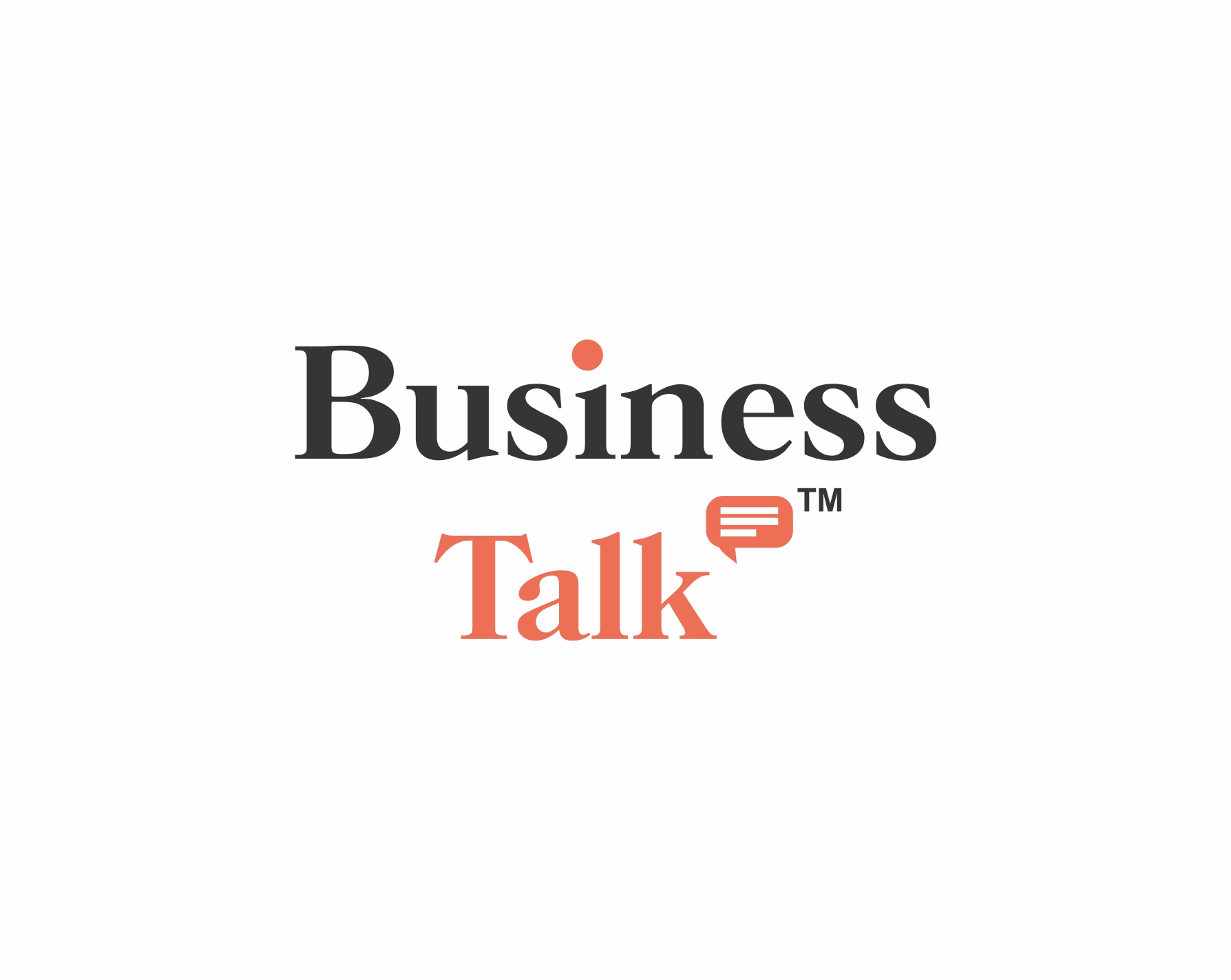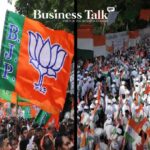With inflation on the rise, Odisha, Assam, and Haryana had the highest rates, while New Delhi had the lowest. The monthly figures for 13 of the 22 states and union territories showed higher inflation than the 4.9% national average. Of them, the highest inflation rate was 7.1% in Odisha, and the lowest was 6.1% in Assam and Haryana. At 7.3%, the state also had the highest inflation rate in rural regions, with Haryana coming in second at 7.2%. At 6.5%, Odisha likewise had the highest rate of inflation in urban areas, with Telangana and Rajasthan coming in second and third.
In addition to the aforementioned states, Bihar and Telangana had rates of 5.7% and 5.6 respectively. Retail inflation in Delhi was the lowest at 2.3%, with Uttarakhand coming in second at 3.6%, West Bengal and Maharashtra at 3.7%, and Himachal Pradesh at 4.1%.
The inflation rates vary due to a variety of reasons, including supply management and the impact of meteorological occurrences. Vegetables, pulses, and certain food items continue to face pressure, even though retail inflation has decreased recently. In addition, the pace of inflation for food and drink is anticipated to have an effect, and the heatwave that is currently affecting some areas of the nation is probably going to drive up the cost of perishables and vegetables.
The rise in global crude oil prices, combined with rising tensions in the Middle East, might put pressure on prices in the coming months. Cuts are anticipated because of the scenario, although many analysts predict that they will occur in the second quarter of the fiscal year and be determined by the global political climate and the rate of inflation. RBI Governor Shaktikanta Das in his most recent monetary policy announcement stated that food prices are influencing the foreseeable course of inflation.

Business Talk is a digital business magazine that caters to CEOs, Entrepreneurs, VC, and Corporates. While working with entrepreneurs and business executives, we focus not only on their achievements. Our mission is to shed light on business entities, including their innovations, technological benchmarks, USPs, and milestones/accolades.













